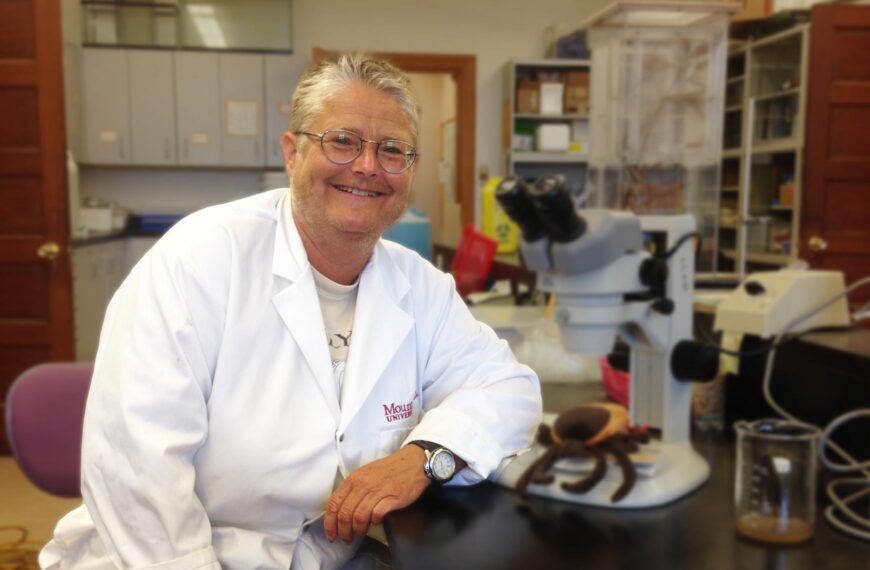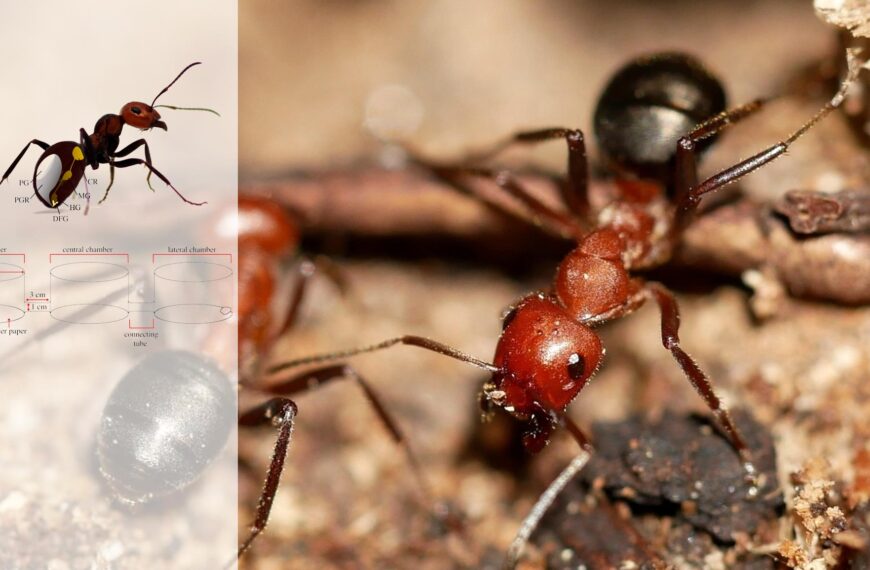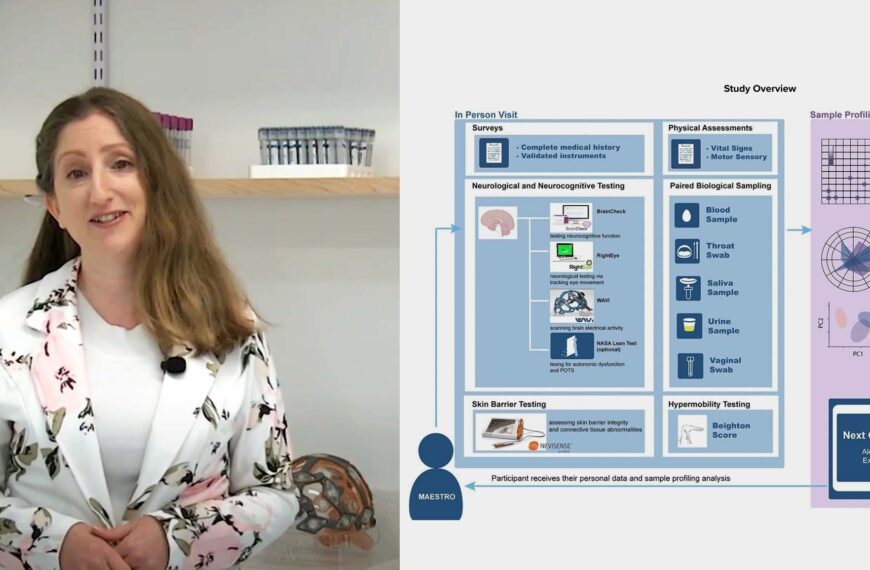Research
CanLyme is dedicated to promoting advancements in Lyme disease research. More research is needed to accurately diagnose and treat Lyme disease and other tick-borne illnesses, and CanLyme supports this. CanLyme’s Venture Grants policy for academic researchers can be found here.
Researchers study ticks in Ottawa where residential zones border woodland areas
Canadian researchers compared the prevalence and infection rate of ticks…
Bartonella DNA more common in patients with psychosis
Researchers at North Carolina State University used DNA testing to…
Why Canadian public healthcare fails Lyme patients and why they seek treatment elsewhere
This year marks the 20th anniversary of the Canadian Lyme…
CanLyme welcomes Dr. Vett Lloyd
The Canadian Lyme Disease Foundation is excited to welcome Dr.…
Lyme disease and POTS
Lyme disease is under-diagnosed and often under-treated. A multidisciplinary team…
Canadian researchers discover tick repelling chemicals secreted by ants
Researchers from Simon Fraser University have discovered a combination of…
Protein found in human sweat inhibits growth of Lyme bacteria
International researchers looked at biobank samples from 617,731 patients and…
New research looks into long Covid and chronic Lyme disease
Researchers at MIT are thinking outside the box with a…
Research priorities of patients with Lyme disease in pregnancy
This recent Canadian study articulates many of the concerns that…
Vision loss, giant cell arteritis, and Lyme neuroborreliosis
This case presentation highlights the importance of considering Lyme disease…
Persistence of Lyme patients and the role of patient organizations
What happens when growing numbers of patients are unable to…












